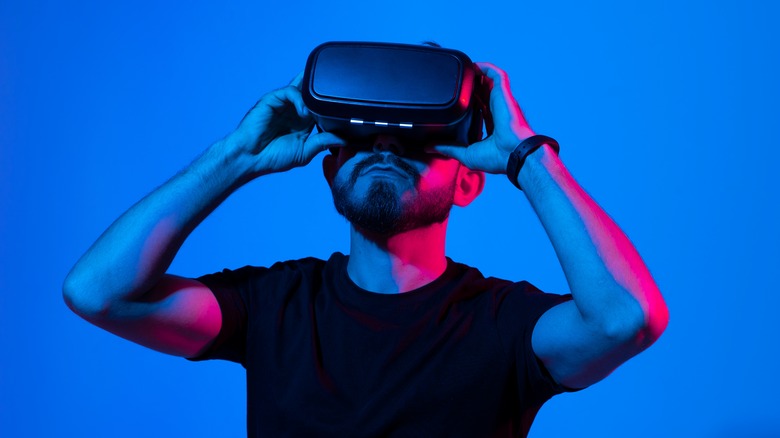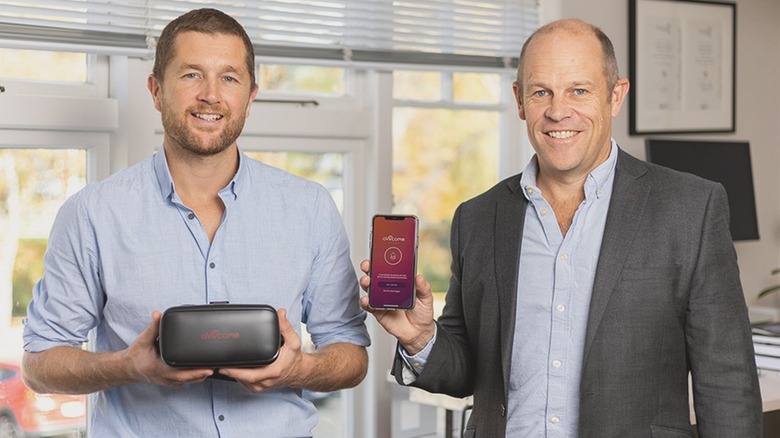Promising VR Research Makes Humans Face Their Phobias
The news of farmers in Turkey and Russia putting virtual reality (VR) headsets on cows to reduce their anxiety, and thereby increase their milk yield, made for some fun reading. We've also seen VR assist in reducing pain for patients during difficult medical procedures. Now, experts from the University of Otago, Christchurch have turned their attention to the various kinds of phobias affecting human beings, and following trials, they are reporting that the technology can actually help assuage phobias.
As part of their research, the team at the institute's Department of Psychological Medicine relied on a custom self-guided mobile app called "oVRcome" to embark on a journey of treating phobias by combining VR 360‑degree video exposure and cognitive behavioral therapy (CBT). A total of 129 participants were a part of the study assessing five different kinds of phobias including flying, needles, heights, spiders, and dogs. The team reports that following the VR treatment, participants "showed comparable improvements in the Severity Measures for Specific Phobia scale."
Additionally, the severity score of phobias went from the moderate-severe (28/40) category to minimal (7/40) risk in a span of six weeks. The core principle behind the treatment was to make the subjects face their fears in a diluted form and then slowly increase it up a few notches to build their tolerance in a clinically-recognized fashion. One test subject who was afraid of spiders eventually got confident enough to remove an arachnid from their home on their own, while another participant afraid of flying showed a willingness to book an overseas holiday.
Leveraging Virtual Reality for medical benefits
The test subjects were allowed to pick VR videos with the amount of exposure that they were comfortable with. Overall, the novel VR-driven treatment is said to have reduced the phobia symptoms by a margin of around 75% after an exposure treatment lasting six weeks, which is quite remarkable. The study, which has been published in the Australian and New Zealand Journal of Psychiatry, concludes that the VR treatment proved to be "effective at reducing [the] severity of specific phobia symptoms."
While the positive outcome is promising in itself, there are a few other benefits of the strategy, too. Compared to an in-person therapy session with a psychiatrist for exposure treatment, the dropout rate during the VR trials was significantly lower. Moreover, using an app-driven VR system with a self-guided approach ensures that users don't have to fear exposing their phobias if they are feeling conscious about it. Another notable benefit is that the VR-fueled treatment is cost-effective, readily available via the app, and doesn't come with any psycho-social hindrances.
In September last year, MindGuide revealed an app called Phobys that employs a similar exposure therapy approach to help users suffering from arachnophobia, which is clinically defined as a pathological or irrational fear of spiders. But instead of VR, the app in question doesn't require a headset. Instead, it relies on an Augmented Reality overlay of a spider appearing on a phone's screen with various levels of perceived proximity.

